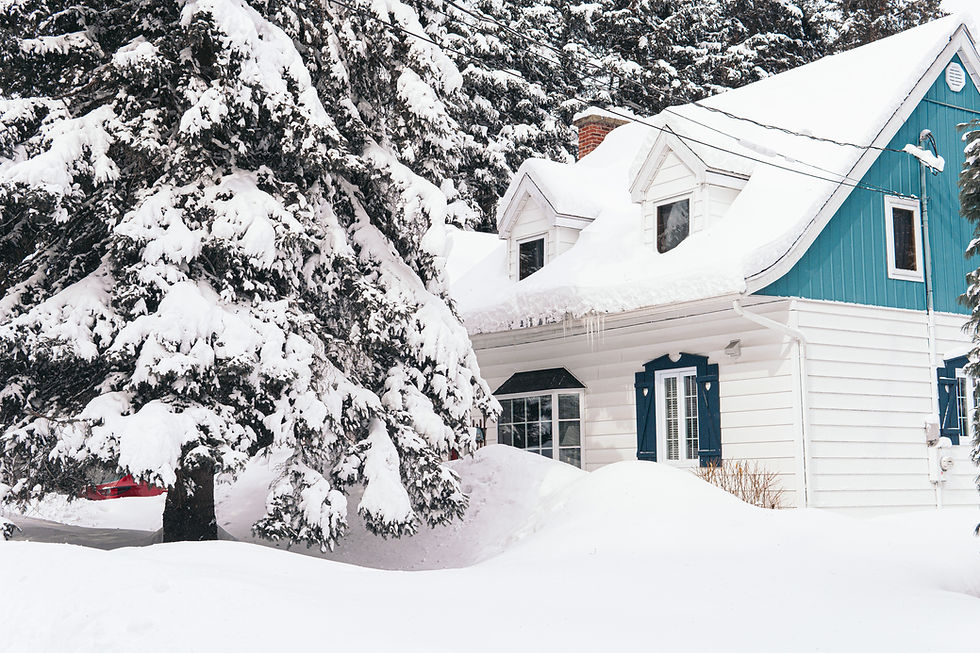Starting Seeds & Preparing Them For Spring Planting
- Dash Lawn Care

- Feb 11, 2020
- 2 min read
Starting seeds indoors is a great way to get a jump start on your gardening.
“In regions with short growing seasons, starting seeds indoors allows you to gain a few precious weeks of growing time, which can really make a difference when frost looms in the fall.” - Almanac.com
Since successful gardening starts at least one season ahead, here are some great seed-starting tips!
Start Your Seeds Indoors
Starting your seeds indoors is easy as long as you read the packets carefully. Consider the following:
Required soil depth and whether seeds need to be buried
Appropriate spacing (how far apart you should plant seeds)
Days to germination and any instructions related to timing
Special instructions (temperature, light, extra details etc.)
“Starting seeds indoors has a ton of advantages — seed is cheaper than buying seedlings, you can harvest a plant's bounty earlier, and if you use uncontaminated soil, your seedlings can be stronger and healthier than factory-raised specimens.” - How Stuff Works
Wait Until Plants Are Just The Right Size
Wait until seedlings are just the right size to ensure that they make it through the transplanting process.
Larger “transplants can be more resistant to insects and other pest pressure because they are more mature and stronger when you first put them into your garden. Many insect pests just love teeny tiny seedlings.” - Organic Growers School
If you are concerned that your seedlings are still fragile, you can encase them in a clear cloche after transplanting. A cloche acts as a kind of mini-greenhouse that shields your plants from harsh weather and pests.
Detangle & Transplant Your Seedlings
Seedlings can be transplanted once the weather warms. Don’t worry If you’ve grown multiple seeds in a single planter tray, they can be easily separated.
“The roots of winter-sown seedlings do eventually become entangled, and even root-bound. But these seedlings, which were born outdoors, are tougher than you might imagine. They are also itching to grow! No harm will come to the plants if you sever their roots at transplanting time.” - A Garden For The House
Keep in mind that some seedlings from the same batch will be more fragile than others - Err on the safe side by taking extra care with each one!
Monitor Seedlings As They Get Settled
Seedlings can also be quite vulnerable when you first plant them.
“Monitor your plants daily to make sure the root zone doesn’t dry out. If you do a really great job of minimizing transplant shock, you may see your plants begin to grow within a few days.” - Grow Organic
Even though winter is a quieter time when it comes to gardening, there is still lots to be done. Follow these tips to start your seeds just in time for spring!
Spring cleanup needs to happen every year, so why not let us take care of it for you?
Contact us today for a FREE quote! We’ll come in, clean up your lawn/gardens, and leave - while you sit back, relax, and do something you enjoy!





Comments